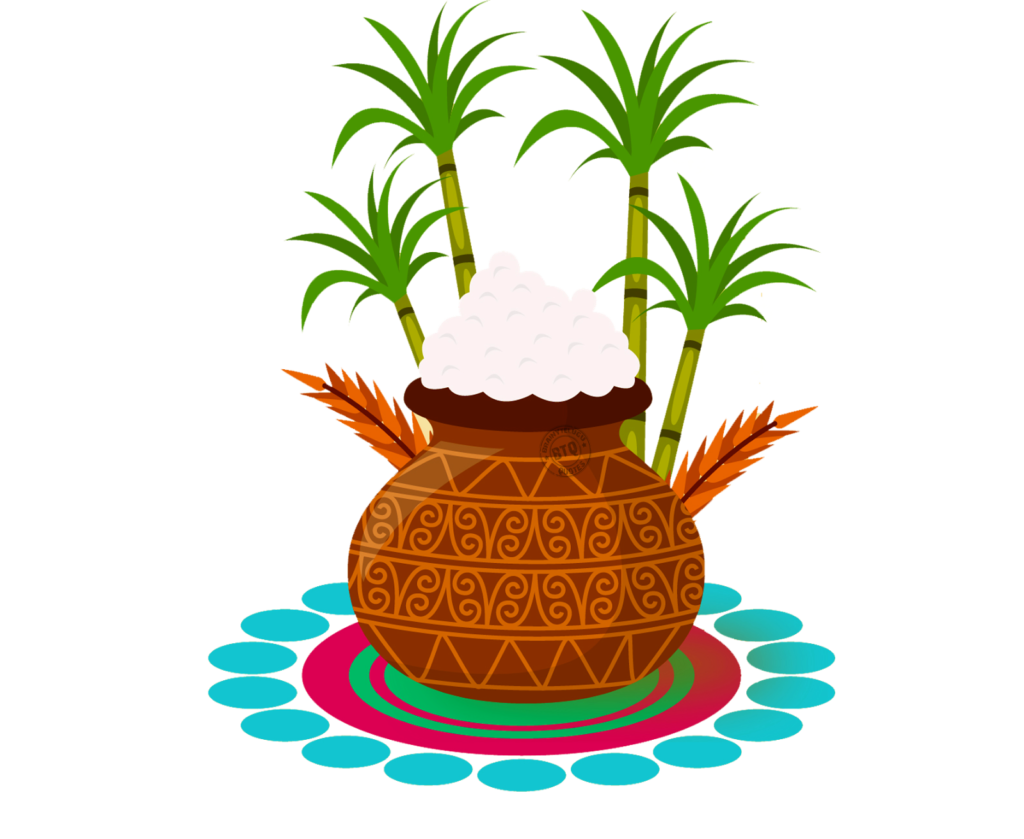Bhogi The last day of Danus Sankranti is Bhogi. People celebrate it with great zeal and happiness as it is the first festival in the English New Year. One day before people collect derelict objects like broken furniture, spoiled mats, used brooms, used winnowers, logs and dry branches of the trees etc. On Bhogi day Read More
Tag: Makara sankranti
Uttarayanam begins with Makara Sankranti and ends with Karkataka Sankranti. Dakshinayanam begins with Karkataka Sankranti and ends with Makara Sankranti. Danus Sankranti comes just one month before Makara Sankranti
Makara Sankranti
Makara Sankranti is one of the biggest festivals celebrated by the Indians Sankranti – Four Sankrantis are Main The sun changes from one zodiac sign to another zodiac sign once every 30 days. The time at which the sun changes the zodiac sign is called ‘Sankramanam‘. The day on which sankramanam occurs is called ‘Sankranti’. Read More


